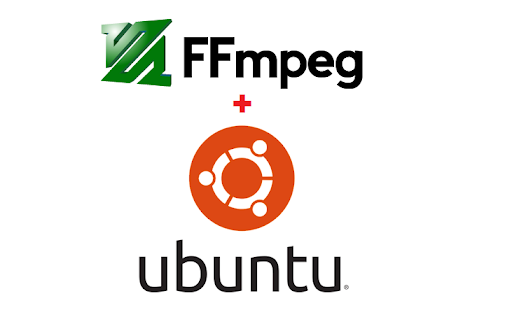By the end of this blog you will be able to record your screen+audio on macOS.

Get started by installing FFmpeg with brew . Run following command
brew install ffmpeg --with-sdl2 --with-ffplay
(--with-ffplay is optional)
Try running ffmpeg, you should see some output with version number on first line.
ffmpeg version 4.2.2-tessus https://evermeet.cx/ffmpeg/ Copyright (c) 2000-2019 the FFmpeg developers
built with Apple clang version 11.0.0 (clang-1100.0.33.16)
configuration: --cc=/usr/bin/clang --prefix=/opt/ffmpeg --extra-version=tessus --enable-avisynth --enable-fontconfig --enable-gpl --enable-libaom --enable-libass --enable-libbluray --enable-libdav1d --enable-libfreetype --enable-libgsm --enable-libmodplug --enable-libmp3lame --enable-libmysofa --enable-libopencore-amrnb --enable-libopencore-amrwb --enable-libopenh264 --enable-libopenjpeg --enable-libopus --enable-librubberband --enable-libshine --enable-libsnappy --enable-libsoxr --enable-libspeex --enable-libtheora --enable-libtwolame --enable-libvidstab --enable-libvmaf --enable-libvo-amrwbenc --enable-libvorbis --enable-libvpx --enable-libwavpack --enable-libwebp --enable-libx264 --enable-libx265 --enable-libxavs --enable-libxvid --enable-libzimg --enable-libzmq --enable-libzvbi --enable-version3 --pkg-config-flags=--static --disable-ffplay
libavutil 56. 31.100 / 56. 31.100
libavcodec 58. 54.100 / 58. 54.100
libavformat 58. 29.100 / 58. 29.100
libavdevice 58. 8.100 / 58. 8.100
libavfilter 7. 57.100 / 7. 57.100
libswscale 5. 5.100 / 5. 5.100
libswresample 3. 5.100 / 3. 5.100
libpostproc 55. 5.100 / 55. 5.100
Hyper fast Audio and Video encoder
usage: ffmpeg [options] [[infile options] -i infile]... {[outfile options] outfile}...
Use -h to get full help or, even better, run 'man ffmpeg'
As of this writing I am using version 4.2.2
Let’s see which are the AudioVideo devices you have attached to your computer
ffmpeg -f avfoundation -list_devices true -i ""
you should see some result as following
.
.
[AVFoundation input device @ 0x7f85b1a04500] AVFoundation video devices:
[AVFoundation input device @ 0x7f85b1a04500] [0] FaceTime HD Camera
[AVFoundation input device @ 0x7f85b1a04500] [1] Capture screen 0
[AVFoundation input device @ 0x7f85b1a04500] AVFoundation audio devices:
[AVFoundation input device @ 0x7f85b1a04500] [0] Built-in Microphone
Note down the device numbers in []. For me I want to record my screen and my microphone audio hence I will use "1:0" in following command.
Prepare your combination with syntax "<screen_device_index>:<audio_device_index>"
Now, lets record with most minimum setup
ffmpeg -y -f avfoundation -i "1:0" output.mkv
Explanation for each parameter
-y : overwrite output file if exists
-f : it is one of the main options
to ffmpeg, it tells which format to use, here avfoundation
-i : Input file. Here, we provide device number’s combination that avfoundation will understand and act as input to ffmpeg
output.mkv : output file to store the recording in Matroska container .
Use following to play the recording in your default player
open output.mkv
In above section, if you do not get proper audio and gets cracking sound or bad audio then checkout this link
Just in case that link is not available(for any reason in future), read following section else skip
Go to your “Spotlight Search” (press cmd+space) and search for “audio midi setup”, open it.
In the microphone settings, click on format dropdown, select “bit depth” and change it any one of 16 bit value (I had to restart once after making this change)
Now, record again using
ffmpeg -y -f avfoundation -i "1:0" output.mkv
And verify your recording, hopefully it comes out as expected!
Conclusion:
Now, you can go ahead and put it in a Makefile
and then with single command like make record you can start your recording. Very easy to get started with.